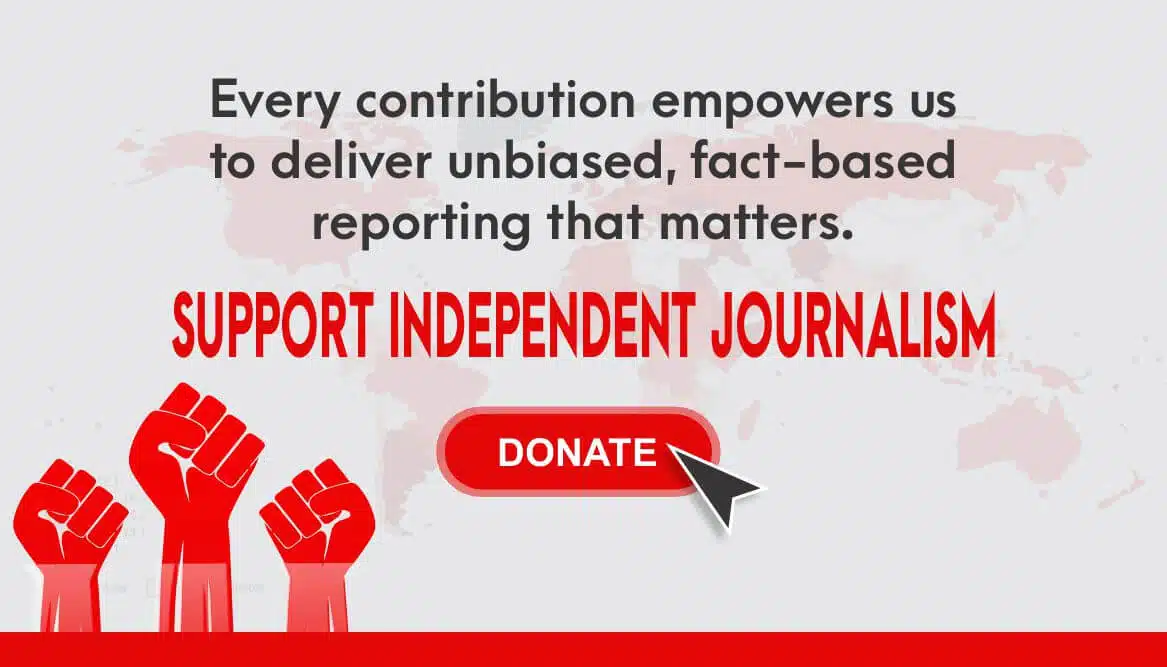The Action Congress of Nigeria has cautioned the Central Bank of Nigeria to have a rethink about its widely publicised intention to introduce the N5,000 note as the highest denominated legal tender in Nigeria by year 2013.
In a statement issued in Lagos on Sunday by its National Publicity Secretary Alhaji Lai Mohammed the party warned that while the introduction of this new high denomination may serve the dual purpose of raising revenue for government on the one hand and reducing the cost of transactions on the other hand, the unintended consequences and collateral damage of introducing the N5,000 may far outweigh the benefits of the new measure .
First according to the party, there is a strong historical evidence that the introduction of higher and higher face value currency notes in an economy often signifies a regime of increased and sustained fiscal deficit financing. Secondly the issuance of such high value currency notes is likely to be perceived as an indication of government’s failure to effectively control inflation. Unfortunately once this perception takes hold, increased inflation expectations can be built up quite rapidly and these have pushed many countries into a situation of hyper-inflation in the past, which has typically culminated in the redenomination or even complete abandonment of the entire currency system. Thirdly the issuance of the N5,000 currency note runs counter to the recent policy of the Central Bank of Nigeria to promote a “cashless” economy by encouraging the increased use of non-cash transaction instruments. This policy which is aimed at reducing the use of cash had been justified by the need to reduce the burden of the cost of printing and distributing currency notes. The introduction of a high face value currency note actually does the opposite because by reducing the unit cost of printing and transportation, it actually would promote the use of cash.
Fourthly, the issuance of the new N5,000 currency note also runs counter to the government’s often repeated commitment to fight corruption. It is widely recognised that large scale corruption tends to be facilitated by the ease with which unrecorded and large cash transactions can be made. Similarly, increased illegal/criminal, drug related and terrorist activities, as well as money laundering are known to be facilitated by such unrecorded and large scale cash transaction. The ease with which the new N5,000 currency notes can be transported will make it an ideal instrument for the facilitation of these undesirable activities. Fifthly, the close relationship between inflation and the issuance of high value currency notes is perhaps best illustrated with real life experiences of a number of countries the party continued:
Between 1975 and 1991, Argentina experienced a period of inflation during which increasingly higher face value notes were issued. At the begining of 1975, the highest denomination in Argentina was 1,000 pesos. This rose to 5,000 pesos in late 1976, then to 10,000 pesos in 1979 and rose further to 1,000,000 in 1981. As this trend became clearly unsustainable, a series of currency reforms followed. In 1983, the currency was re-named peso argentino, one unit of which was exchanged for 10,000 pesos. This did not curb the inflation. In 1985, another name change occurred, and a unit of the new currency (austral) was exchanged for 1,000 pesos argentinos. Finally one new peso was exchanged for 10,000 australes.
Bolivia had a similar experience between 1984 and 1987. Before 1984 Bolivia’s highest currency denomination was 1,000 Bolivian pesos which rose to 10,000,000 Bolivian pesos by 1985. In the inevitable currency reform that came in 1987, the currency was renamed Boliviano, a unit of which exchanged for 1,000,000 Bolivian pesos.
Nicaragua ‘s inflation episode was from 1987 to 1990. In early 1986, the highest denomination in Nicaragua was 10,000 cordobas which rose to1,000,000 cordobas by 1987. In that country’s 1988 currency reform as a result of inflation,one new cordobas was exchanged for 10,000 old cordobas. By 1990 however , the highest denomination was again one hundred million new cordobas. Finally in another currency reform in 19991 one new cordobas was exchanged for 5,000,000 old cordobas.
Peru experienced its worst inflation between 1988 and 1990. Here by 1986 the highest denomination was 1,000 intis which increased to 5million intis by 1991. That country’s currency reform of 1991 created the neuro sol, one unit of which exchanged for one million intis in order to combat the high value currency induced inflation.
Two examples in Europe will suffice. In Poland the highest denomination by 1989 was 200,000 zlotych which rose to 1,000,000 zlotych in 1991 and 2,000,000 zlotych in 1992. In the 1994 currency reform, one new zlotych was exchanged for 10,000 old zlotych. In the Russian Federation, the inflation experienced over the 1992-1998 period led to the creation of the new ruble in 1998, a unit of which exchanged for 1,000 old rubles.
Nearer home, examples from Africa include Angola, Zaire/DRC and Zimbabwe.
Angola experienced hyper-inflation between 1991 and 1995. It’s original currency, the kwanza was replaced in 1990 by the novo kwanza. Early in 1991 the highest denomination was 50,000 novo kwanza. By 1994 this rose to 500,000 novo Kwanzaa. In that country’s currency reform of 1995, one unit of the re-adjusted kwanza was exchanged for 1,000 novo kwanzas. By 1997 the highest denomination was now 5,000,000 re-adjusted kwanza. In 1999 it had to carry out another currency reform in which the original kwanza was re-introduced with its one unit being exchanged for one million re-adjusted kwanzas
Zaire experienced an inflationary period between 1986 and 1996. In 1988 the highest currency note denomination was 5,000 zaires, which rose to 5,000,000 zaires by 1992. The 1993 currency reform created the new nouveau Zaire, a unit of which was exchanged for 3,000,000 zaires. In 1996 the highest denomination was 1,000,000 new zaires. In 1997, the country was renamed the Democratic Republic of Congo DRC and the currency was changed to francs, one unit of which was exchanged for 100,000 new zaires.
The case of Zimbawe really depicts more graphically how rapidly things can get out of control on the introduction of high value denomination currency notes. On the 5th of May, 2007, Zimbabwe issued currency notes with face values of Z$100million and Z$250 million. On 15 May 2007 a new bank note of Z$500million was issued, followed by the issue on 20th May 2007 of currency notes in denominations of Z$5billion, Z$25 billion, and Z$50 billion. Finally, on 21 July 2007, bank notes with a face value of Z$100 billion were issued. Eventually, Zimbabwe abandoned its own currency and legalised the use of only foreign currencies. Curiously enough already in certain places in Nigeria today the American dollar is the accepted legal tender.
In conclusion the party warned that the introduction of the five thousand Naira currency note may be a step in the wrong direction, and down a slippery slope towards hyper -inflation and that it is time to abandon failed inflation-control policies and inadequately thought- through experiments.
ACN cautions Central Bank on the introduction of the new N5,000 note
Published:







